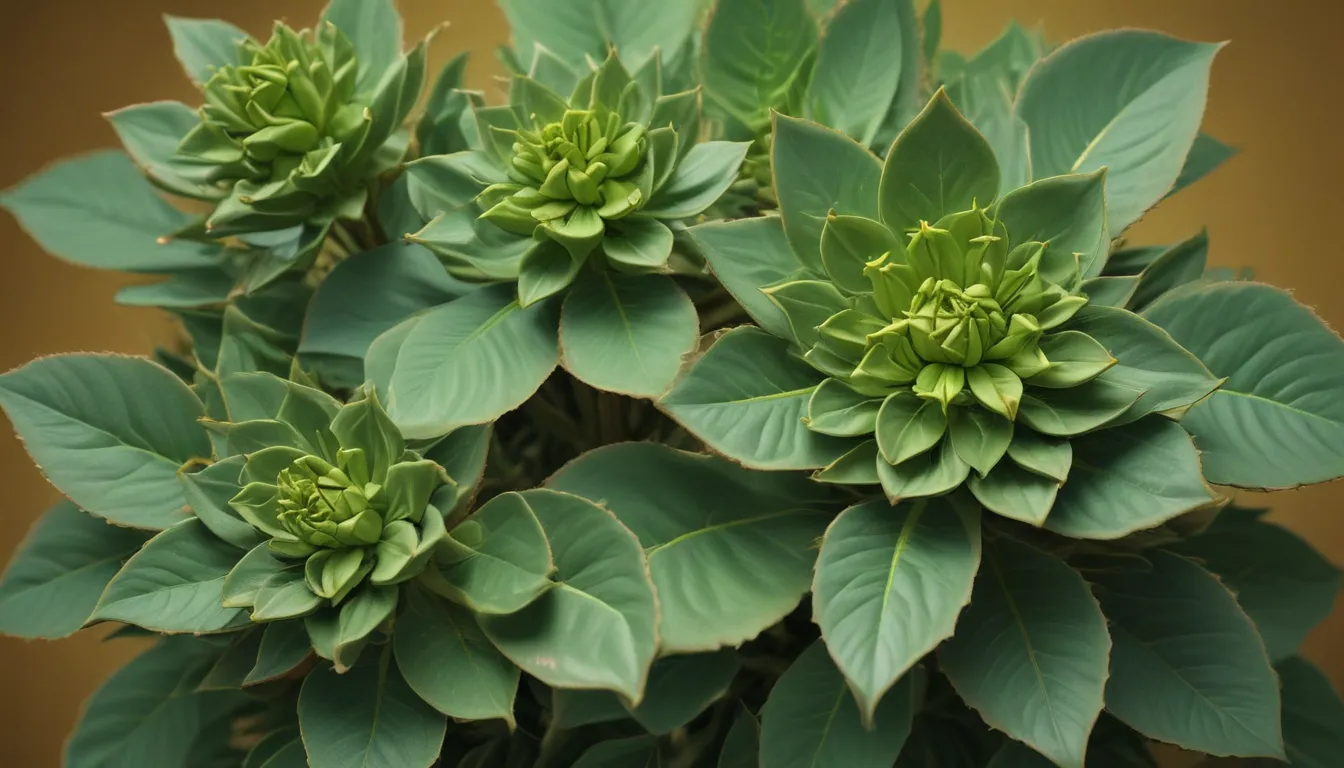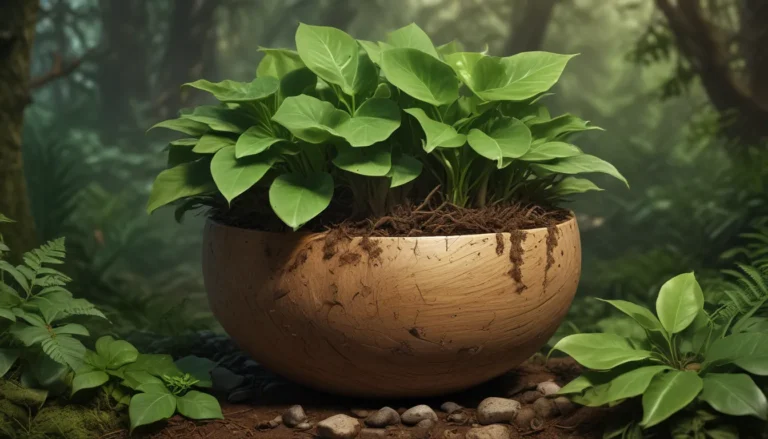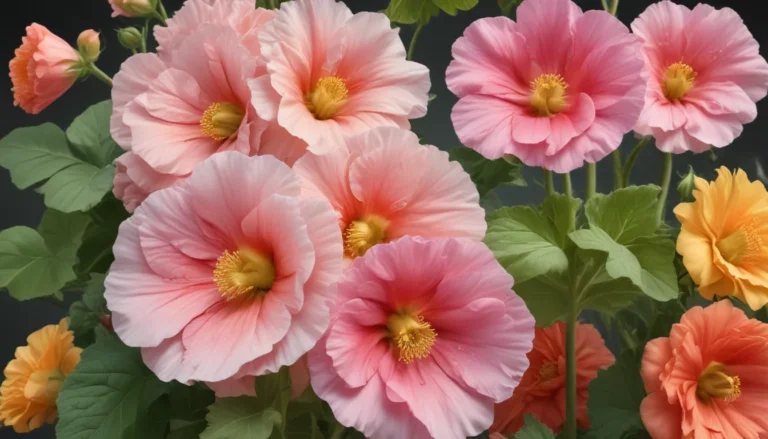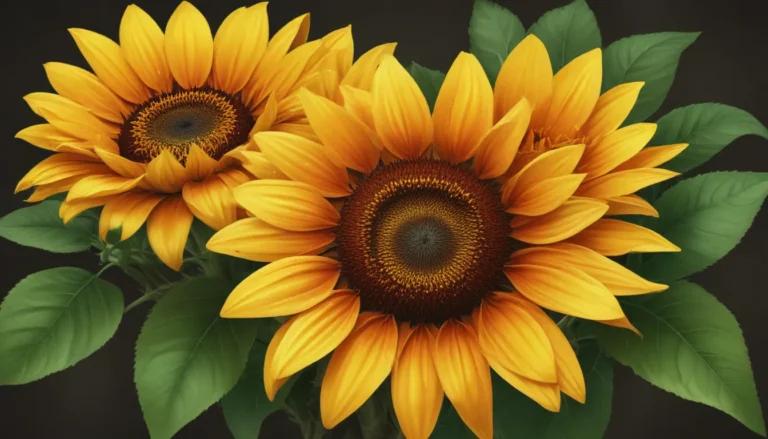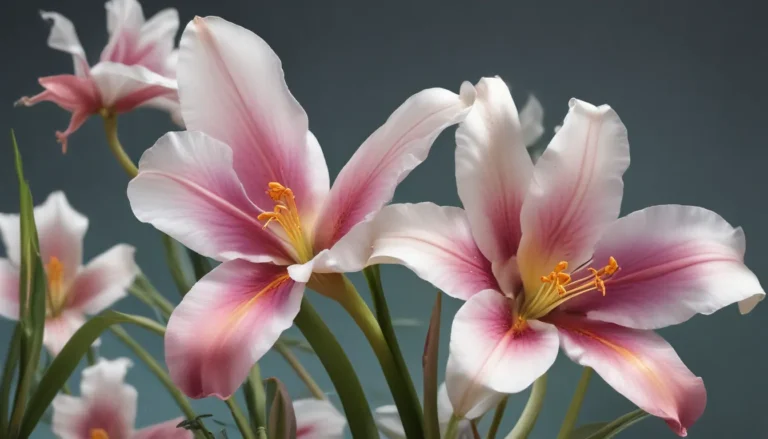The pictures we use in our articles might not show exactly what the words say. We choose these pictures to make you interested in reading more. The pictures work together with the words but don’t take their place. The words still tell you the important facts.
Are you ready to embark on a journey into the enchanting realm of Euphorbia plants? Whether you are a seasoned plant enthusiast or a novice in the world of horticulture, the captivating features of Euphorbia are sure to leave you in awe. From their diverse growth patterns to their stunning array of colors and shapes, Euphorbia plants have a lot to offer.
Unveiling the Diversity of Euphorbia
Euphorbia is not just any ordinary plant genus - it is one of the largest and most diverse on the planet, with over 2,000 species to its name. This remarkable variety of plants showcases the immense beauty and complexity of the natural world.
The Medicinal Marvels of Euphorbia
Some species of Euphorbia have been utilized in traditional medicine for centuries. For instance, Euphorbia hirta has been employed to treat respiratory conditions such as asthma and bronchitis. The therapeutic potential of these plants gives them an added layer of significance.
The Enigmatic Euphorbia Sap
One of the most striking features of Euphorbia plants is their sap, which can range from milky white to a vibrant red hue. This sap contains a diverse array of compounds, some of which can be highly toxic if ingested or come into contact with the skin.
Unraveling the Common Names of Euphorbia
The common names of Euphorbia species often reflect their distinct physical characteristics. From the "Pencil Cactus" to the "Crown of Thorns," these names capture the essence of these unique plants in a memorable way.
Euphorbia: Thriving in Diverse Habitats
Euphorbia plants can be found in a wide range of habitats, from arid deserts to tropical rainforests. Their ability to adapt to different environmental conditions is a testament to their resilience and versatility.
Diverse Forms of Growth in Euphorbia
The growth forms of Euphorbia plants span a wide spectrum, from small and compact to large and tree-like structures. This diversity adds to the charm of these plants as ornamental treasures.
The Intriguing Reproductive Structures of Euphorbia
The reproductive structures of Euphorbia plants are truly fascinating. Many species feature unique flowers with tiny structures called cyathia, surrounded by colorful bracts. These structures play a vital role in the successful reproduction of these plants.
Euphorbia in the Horticultural Spotlight
Several Euphorbia species have garnered attention in the horticultural industry for their unparalleled beauty and adaptability. The widely cultivated Poinsettia is just one example of a beloved Euphorbia plant.
The Drought-Tolerant Champions: Euphorbia
Many Euphorbia species have evolved to tolerate drought conditions, storing water in their stems and leaves to survive prolonged dry spells. Their resilience makes them prized additions to xeriscaping gardens.
Euphorbia: Nature’s Healing Touch
Beyond traditional medicine, certain Euphorbia species have piqued the interest of scientists for their potential medicinal properties. Compounds found in plants like Euphorbia peplus show promise in treating skin cancer.
The Vibrant Palette of Euphorbia
Euphorbia plants boast a stunning array of colors, from lush greens to fiery reds and oranges. Whether it's in their leaves, bracts, or flowers, these vibrant hues make them sought-after additions to any garden or landscape.
Ecological Interactions of Euphorbia
Euphorbia species play vital roles in their ecosystems, interacting with various organisms in unique ways. Some serve as host plants for specific insects, while others form mutually beneficial relationships with pollinators.
A Treasure Trove of Chemical Compounds
Chemical compounds produced by Euphorbia plants have captured the interest of scientists and pharmacologists. With antimicrobial, anti-inflammatory, and anti-cancer properties, these compounds hold promise for the development of new drugs and treatments.
Euphorbia: Cultural and Spiritual Significance
Throughout history, Euphorbia species have held cultural and religious significance in different societies. Used in ceremonies and rituals, these plants symbolize themes of life, protection, and healing.
The Invasive Potential of Euphorbia
Some Euphorbia species have naturalized in various parts of the world, becoming invasive and disrupting ecosystems. Proper management and control measures are essential to mitigate their impact on native flora.
Euphorbia: Crafting Connections
In addition to their medicinal and ornamental uses, Euphorbia plants have found their way into traditional crafts. Their stems and branches serve as materials for crafting baskets, furniture, and even musical instruments.
The Varied Pace of Growth in Euphorbia
The growth rates of Euphorbia species can vary greatly, with some plants growing rapidly and others requiring patience and care. Understanding the unique growth patterns of each species is crucial for successful cultivation.
Delving Deeper into the World of Euphorbia
In conclusion, Euphorbia plants stand as a testament to the marvels of the natural world. From their breathtaking diversity to their intricate adaptations, these plants continue to captivate and inspire all who encounter them. Whether you're drawn to their visual allure, medicinal properties, or ecological significance, Euphorbia plants offer a rich tapestry of wonders waiting to be explored.
FAQs: Unveiling More on Euphorbia
-
What are some common types of Euphorbia plants?
Various types of Euphorbia plants include Euphorbia milii (Crown of Thorns), Euphorbia obesa (Baseball Plant), Euphorbia tirucalli (Pencil Tree), and Euphorbia pulcherrima (Poinsettia). -
Are Euphorbia plants poisonous?
Yes, many Euphorbia species contain toxic sap or latex that can cause adverse reactions. It is essential to handle these plants with care. -
Can Euphorbia plants be grown indoors?
Yes, several Euphorbia species can thrive indoors with proper care. Researching their specific requirements is key to successful cultivation. -
Do Euphorbia plants have medicinal properties?
Some Euphorbia species have been utilized in traditional medicine for their therapeutic potential. Consult a medical professional before using plant-based remedies. -
How can Euphorbia plants be propagated?
Euphorbia plants can be propagated through methods like seeds, stem cuttings, and division. Understanding the specific requirements of each species is crucial for successful propagation. -
Are Euphorbia plants easy to care for?
While Euphorbia plants are generally low-maintenance, their care requirements may vary. Providing suitable growing conditions is essential for their health and vitality.
Embracing the Wonders of Euphorbia
As we journey through the mesmerizing world of Euphorbia, let us marvel at the intricate beauty and resilience of these remarkable plants. Each species holds a unique story and contribution to the tapestry of nature, inviting us to explore, learn, and appreciate the wonders that surround us. Next time you encounter a Euphorbia plant, take a moment to pause, admire, and reflect on the breathtaking mysteries of the plant kingdom.
